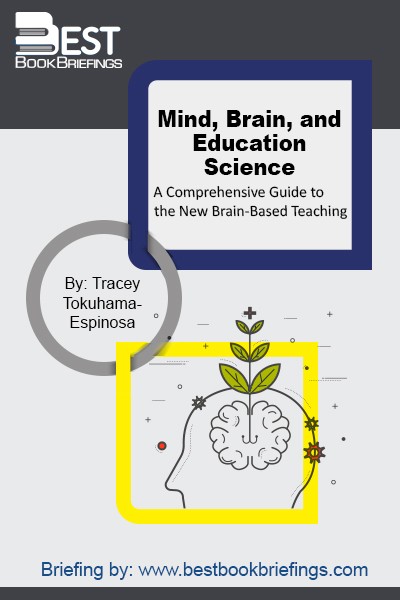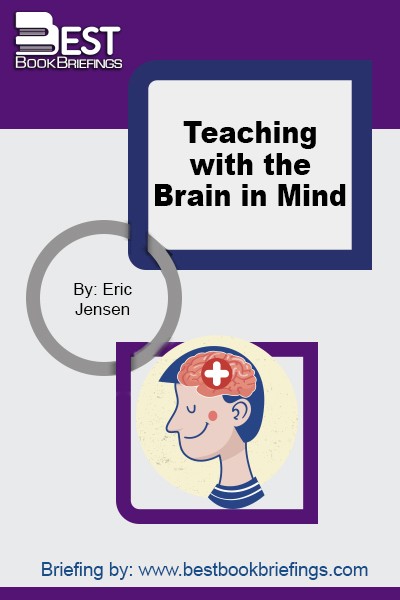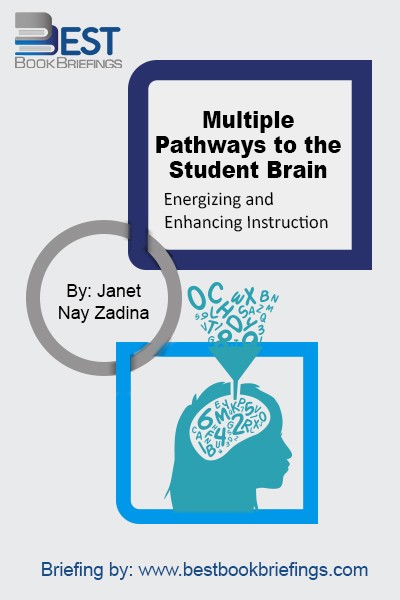Multiple Pathways to the Student Brain
Energizing and Enhancing Instruction
Editorial Review
In order to orchestrate optimal learning, we must have an understanding of how the brain learns and what is required prior to the introduction of new information. The purpose of this book is to inform you about the complexity of students’ brains and, thus, the challenge and importance of teaching. Our daily choices as we orchestrate learning can make a significant impact on our students’ brains and learning ability.
Book Reviews
Books on Related Topics

Education has never had so many tools at its disposal to improve the teaching and learning processes. These are exciting times for everyone in the discipline. Neuroscience and psychology nurture our understanding of how the brain learns and help us identify the best teaching practices possible. Although the tools of the

Let’s acknowledge two fundamental facts. First, students who attend school from kindergarten through secondary school typically spend more than 13,000 hours of their developing brain’s time in the presence of teachers. Second, their brains are highly susceptible to environmental influences—social, physical, cognitive, and emotional. And, more important, their brains will be

Why Don’t Students Like School began as a list of nine principles that are so fundamental to the mind’s operation that they do not change as circumstances change. They are true in the classroom as they are in the laboratory and therefore can reliably be applied to classroom situations. These nine



